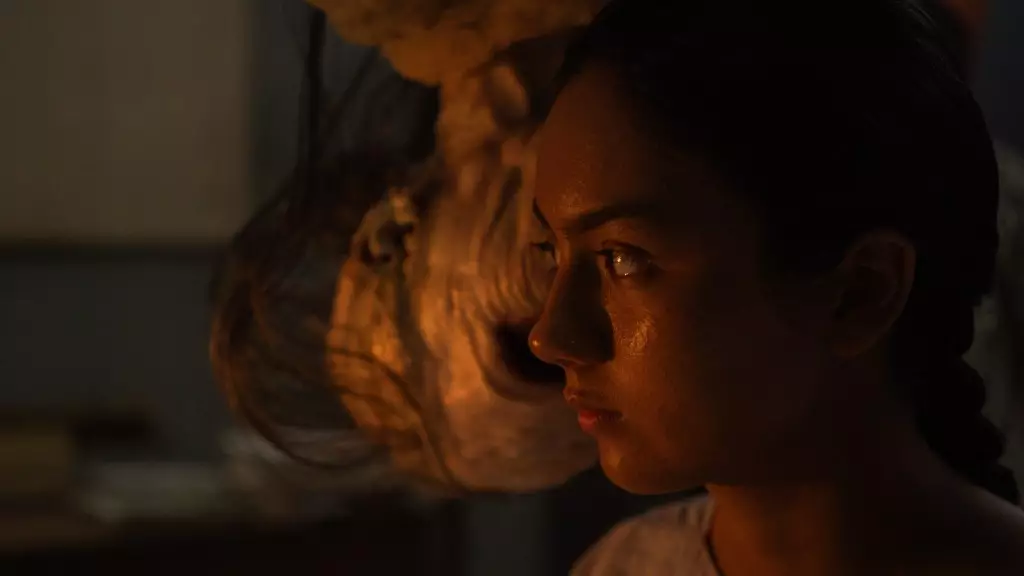As the landscape of cinema continues to evolve, a new gem has emerged from Indonesia that is set to redefine the horror genre. The film “Pabrik Gula,” directed by the talented Awi Suryadi, is not just another entry in the crowded field of supernatural thrillers; it represents a significant leap forward for Indonesian cinema in the global market. The acquisition by EST N8 for a North American release illustrates an increasing recognition of international storytelling, pushing boundaries and enriching film culture. This film is compelling, but its importance extends beyond mere entertainment. It signifies an urgent need for diverse narratives in a predominantly Western cinematic landscape.
The Craftsmanship Behind the Terror
Suryadi’s reputation precedes him, having directed the highest-grossing Indonesian film of all time. With “Pabrik Gula,” he delves into folklore that resonates deeply within the Indonesian psyche, capturing the collective fears and struggles experienced by many. The film centers on seasonal workers who arrive at a sugar mill, only to confront malevolent forces that have been awakened. This blend of real-world settings with supernatural elements is a clever narrative move, providing a metaphorical critique on exploitation and the often-harrowing conditions faced by laborers. The horror is not merely about jump scares; it’s an exploration of existential dread, mirroring the anxieties of the modern workforce.
The Cast Shines Bright
Featuring a talented cast, including Arbani Yasiz, Erika Carlina, and Ersya Aurelia, “Pabrik Gula” elevates its story through powerful performances that deepen the audience’s engagement. Each character embodies relatable traits, allowing viewers to connect effortlessly with their plight. While many horror films often resort to one-dimensional characters who serve as mere fodder for the plot, this film crafts multi-faceted personas that evolve as the story unfolds. This development is crucial in horror narratives, as it invites empathy, enhancing the emotional stakes by making the characters more than just victims of circumstance.
Cultural Context and Folklore
One of the most fascinating aspects of “Pabrik Gula” is its grounding in Indonesian folklore. By incorporating cultural myths and legends into the narrative, the film serves as a cultural artifact—shining a light on traditional stories that deserve recognition on the global stage. This aspect not only enriches the viewing experience but allows for an exploration of themes such as vengeance, community, and moral consequences. The film becomes a vessel through which audiences can glean insights into Indonesian spirituality and its connection to the environment.
The Market’s Growing Appetite for Diversity
In an era where audiences are more socially conscious and eager for representation, “Pabrik Gula” embodies what contemporary cinema should strive for. The partnership between EST N8 and MD Pictures signals a commitment to showcasing diverse narratives, offering a refreshing alternative to the often monocultural offerings prevalent in mainstream film. The global appetite for movies that challenge the status quo is evident; international films are carving out space in box offices, creating profitable opportunities that prioritize authenticity over cliche.
Looking Forward: A Promising Future
With a theatrical release planned across North America, including IMAX screens, the anticipation for “Pabrik Gula” is palpable. As it prepares to make its mark on the global stage, this Indonesian horror film could pave the way for future international collaborations. There’s a palpable excitement in the air for what this means for the horror genre and cinema as a whole: A movement towards inclusivity, where stories from all corners of the globe are lifted, celebrated, and seen as crucial elements of the collective cinematic experience.
Through its gripping narrative and artistic flair, “Pabrik Gula” promises not only to haunt audiences in the best possible way but also to inspire a renewed conversation about international cinema that leaves no cultural stone unturned.

